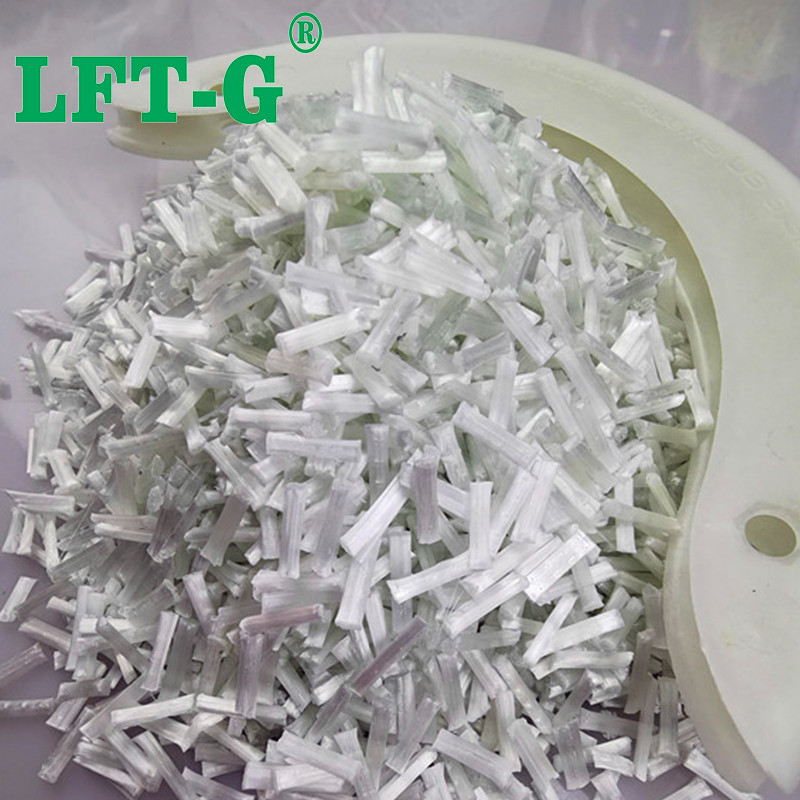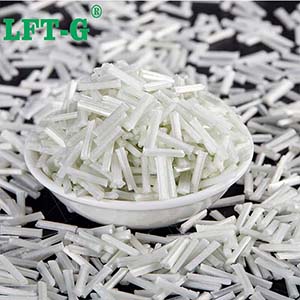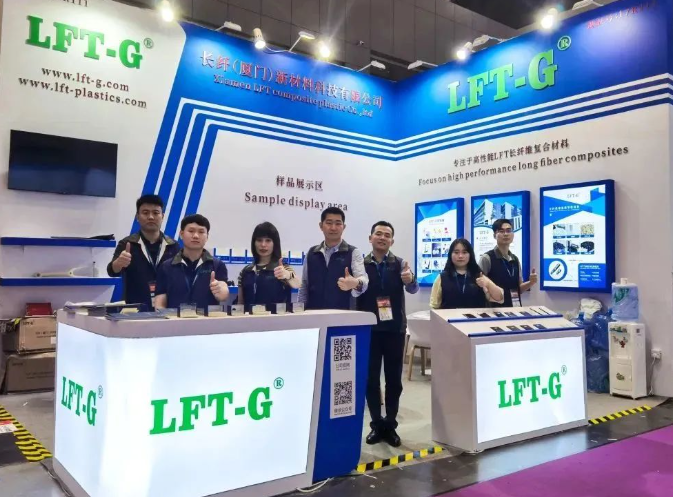new blog


summaries
9,10-Dihydro-9-oxa-10-phospha-phenanthrene-10-oxide (DOPO) was utilized as a flame retardant for the preparation of mass fraction 20% long glass fiber (LGF) reinforced thermoplastic polyurethane/polybutylene terephthalate/DOPO (20% LGF/TPU/PBT/DOPO) flame retardant composites were prepared, and the flame retardancy, rheological and mechanical properties of the flame retardant composites were investigated. The results showed that the flame retardant properties of the flame retardant composites were gradually improved with the increase of DOPO dosage, and the flame retardant grade of the flame retardant composites was V-0 and the ultimate oxygen index was 24.5% when the DOPO mass fraction was 9%. The flame retardant mechanism of flame retardant composites is mainly gas-phase flame retardant, supplemented by cohesive-phase flame retardant. The mechanical properties of the flame retardant composites decreased with the increase of the DOPO level.
keywords
Polyurethane
Polybutylene terephthalate
Long glass fiber
Flame retardant properties
rheological behavior
Introduction
Polybutylene terephthalate (PBT) has excellent mechanical properties, thermal stability, dimensional stability, and is widely used in electronics, automotive and transportation. However, PBT base resin is easy to burn, and it is more difficult to form a charcoal layer on the surface during combustion, which is accompanied by a serious melt-drop phenomenon and easy to spread the flame, which limits its application. Therefore, it is necessary to carry out flame retardant modification of PBT.9,10-Dihydro-9-oxa-10-phospha-phenanthrene-10-oxide (DO PO) is an efficient non-halogenated phosphorus flame retardant, which is widely used in the research of polymer-based flame retardant materials. With the increasing demand for product performance, PBT flame retardant composites need to be strengthened, and the cost-effective strengthening method is mainly glass fiber (GF)-strengthened PBT. Compared with short GF, long GF (LGF)-strengthened PBT flame retardant composites have the advantages of high strength, high modulus, good dimensional stability, etc. In the following, DOPO is used as a flame retardant, which is a highly efficient halogen-free phosphorus-based flame retardant. In the following, 20% LGF reinforced thermoplastic polyurethane (TPU) elastomer/PBT flame-retardant composites are prepared by using DOPO as a flame retardant, and the flame-retardant properties, rheological behavior and mechanical properties of 20% LGF/TPU/PBT/DOPO flame-retardant composites are investigated.
test
1.1 Main Raw Materials and Instruments
PBT; LGF; TPU; DOPO; ethylene-butyl acrylate-glycidyl methacrylate terpolymer (PTW).
Universal testing machine; twin-screw extruder; rotational rheometer; scanning electron microscope (SEM); vertical combustion tester; limiting oxygen index (LOI) tester.
1.2 Sample preparation
(1) PBT, TPU, compatibilizer PTW at 80 ℃ dry 6h standby, and then in accordance with the PBT and TPU mass ratio of 20:80 for the mixing of homogeneous, and then will be 0, 8%, 9%, 10%, 12% of the DOPO and 20% of the quality of the LGF for compounding, the preparation of flame-retardant composites, respectively, recorded as 20% LGF/TPU/PBT, 20% L LGF/TPU/PBT/8% DOPO, 20% LGF/TPU/PBT/9% DOPO, 20% LGF/TPU/PBT/10% DOPO, 20% LGF/TPU/PBT/12% DOPO.
Using the melt impregnation method, after extrusion, impregnation (250 ℃), cooling and haul-off, the LGF/TPU/PBT/DOPO composite masterbatch is cut into 12 mm length.
(2) Mixing and extruding according to the 50:50 ratio of matrix resin and DOPO to prepare flame retardant masterbatch.
1.3 Performance test and characterization
Rheological properties: The LGF/TPU/PBT/DOPO flame retardant composites were scanned in parallel plate mode at 235 ℃ and the frequency (ω) was 0.1-650.0s-1 .
SEM analysis: The sections of flame retardant composites were treated with liquid nitrogen, and the morphology was observed under the accelerated voltage of 20 kV.
The tensile strength was tested according to GB/T1040.1-2006;
Bending strength was tested according to GB/T 9341-2008;
Notched impact strength is tested according to GB/T1843-2008;
Flame retardant performance is tested according to ISO5660-1-2015;
Vertical combustion performance is tested according to GB/T2408-2008, and at least 5 samples are required for each group;
LOI in accordance with GB/T2406.2-2009 test, the sample size of 80mm × 10mm × 4mm.
Results and discussion
1.Combustion performance of flame retardant composites
With the increase of DOPO, the AV-HRR, PHRR and THR of the flame retardant composites showed a decreasing trend, compared with 20% LGF/TPU/PBT without flame retardant, the AV-HRR, PHRR and THR of 20% LGF/TPU/PBT/12% DOPO decreased by 19.37%, 41.28% and 23.03%, respectively. The AV-HRR, PHRR and THR of 20% LGF/TPU/PBT/12% DOPO decreased by 19.37%, 41.28% and 23.03% respectively. At the same time, with the increase in the amount of DOPO, the CO yield and TSR of flame retardant composites are gradually increasing, while AV-EHC and MAHRE are gradually decreasing. It shows that the increase of DOPO usage helps to improve the flame retardant performance of flame retardant composite materials.
2. Structural morphology of carbon layer of flame retardant composites
The GF of flame retardant composites plays the role of skeleton support, and the carbon layer formed during combustion covers the surface of GF. At the same time, the charcoal layer on the surface of the flame retardant composites increases, but all the charcoal layers of the flame retardant composites have holes in the structure, which are not dense charcoal layers and can not play the roles of oxygen insulation and heat insulation well, and it will lead to the entry of oxygen into the undecomposed area of the flame retardant composites through the holes and the formation of smoke by the decomposed combustible volatile components of flame retardant composites that can break through the charcoal layer very easily, which indicates that the flame retardancy of the flame retardant composites is mainly by the vapor phase, and the condensed phase is by the condensed phase. This indicates that the flame retardant mechanism of flame retardant composites is gas-phase and cohesive-phase flame retardant.
3. Rheological behavior of flame retardant composites
In the high-frequency region, the rheological behavior of DOPO-added flame-retardant composites is lower than that of DOPO-unadded ones, because the addition of DOPO reduces the degree of entanglement of the molecular chains of the melts of flame-retardant composites, reduces the resistance to flow, and increases the movement of the chain segments. In addition, in the low-frequency region, the rheological properties of DOPO-added flame-retardant composites are higher than those of DOPO-unadded ones. This is because the addition of DOPO enhances the degree of entanglement of melt molecules in the flame-retardant composites after the high-frequency shear process and reduces the ability of the melt molecules to move in the chain segments, thus increasing the resistance to the flow of the melt.
With the increase of DOPO, the rheological properties of flame retardant composites gradually increase and the loss factor curve becomes longer, which is due to the fact that with the increase of DOPO, the entanglement point of melt molecules of flame retardant composites increases, the chain segment mobility of melt molecules becomes larger, and the relaxation time increases.
4. Flame retardant properties of flame retardant composites
All the flame-retardant composites did not show the phenomenon of melting and dripping during vertical combustion. In addition, when the DOPO mass fraction is less than 9%, the flame-retardant composites cannot reach V-0 grade. With the increase of DOPO usage, the LOI of flame retardant composites increased gradually, but the increase is not very obvious, which indicates that DOPO is mainly used as the main gas-phase flame retardant and cohesive-phase flame retardant in flame retardant composites.
5. Cross-sectional morphology of flame retardant composites
All the impact sections of the flame retardant composites showed holes where GF was pulled out, while the impact sections of the DOPO-less flame retardant composites had holes and the surface of GF was covered by resin. This shows that the addition of DOPO leads to the reduction of interfacial adhesion and interfacial strength of flame retardant composites, which in turn leads to the reduction of their mechanical properties.
6. Mechanical properties of flame retardant composites
The mechanical properties of DOPO-added flame retardant composites are smaller than those of DOPO-unadded composites, and the mechanical properties of flame retardant composites gradually decrease with the increase of DOPO dosage.
Findings
(a) The PHRR, AV-HRR, AV-EHC and THR of the flame-retardant composites decreased with the increase of DOPO usage, while the CO yield and TSR increased gradually.
(b) The carbon layer covering the GF surface of the flame-retardant composites increased with the increase of DOPO usage, but the carbon layer structure had holes, which indicated that the flame-retardant mechanism of the flame-retardant composites was dominated by gas-phase flame retardancy, supplemented by cohesive-phase flame retardancy.
(c) In the high-frequency region, the rheological properties of the flame-retarded composites are lower than those without DOPO.
(d) The mechanical properties of the flame-retarded composites showed a decreasing trend with the increase of the amount of DOPO.
Xiamen LFT composite plastic Co., Ltd.
